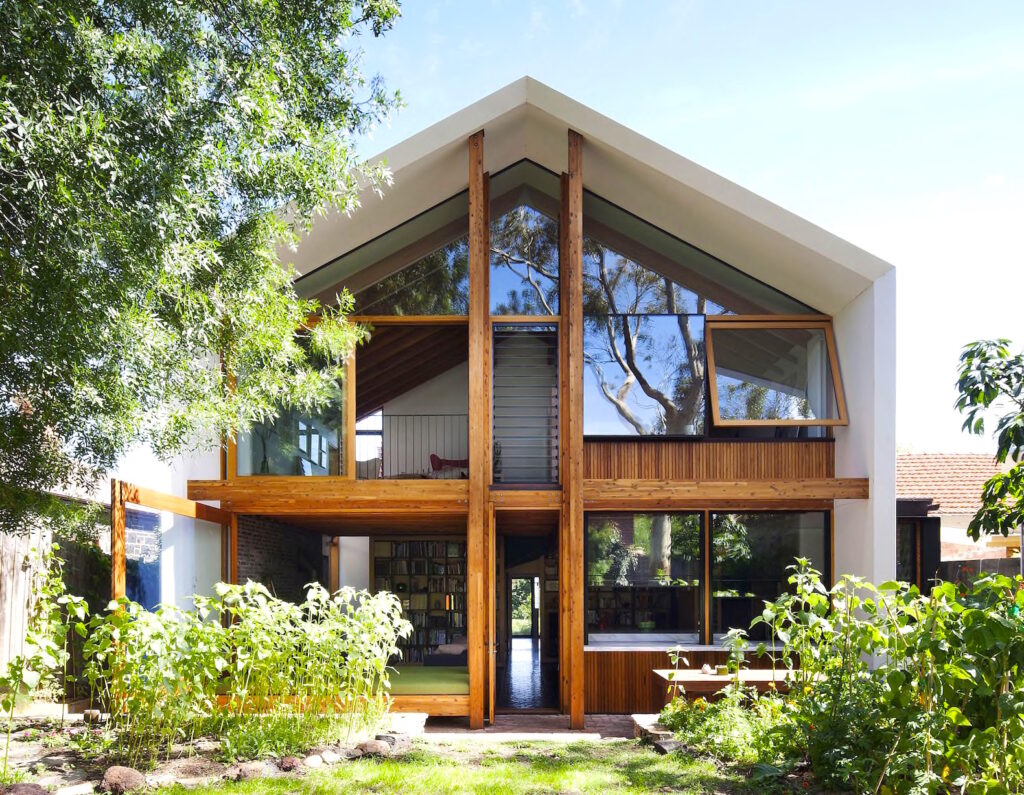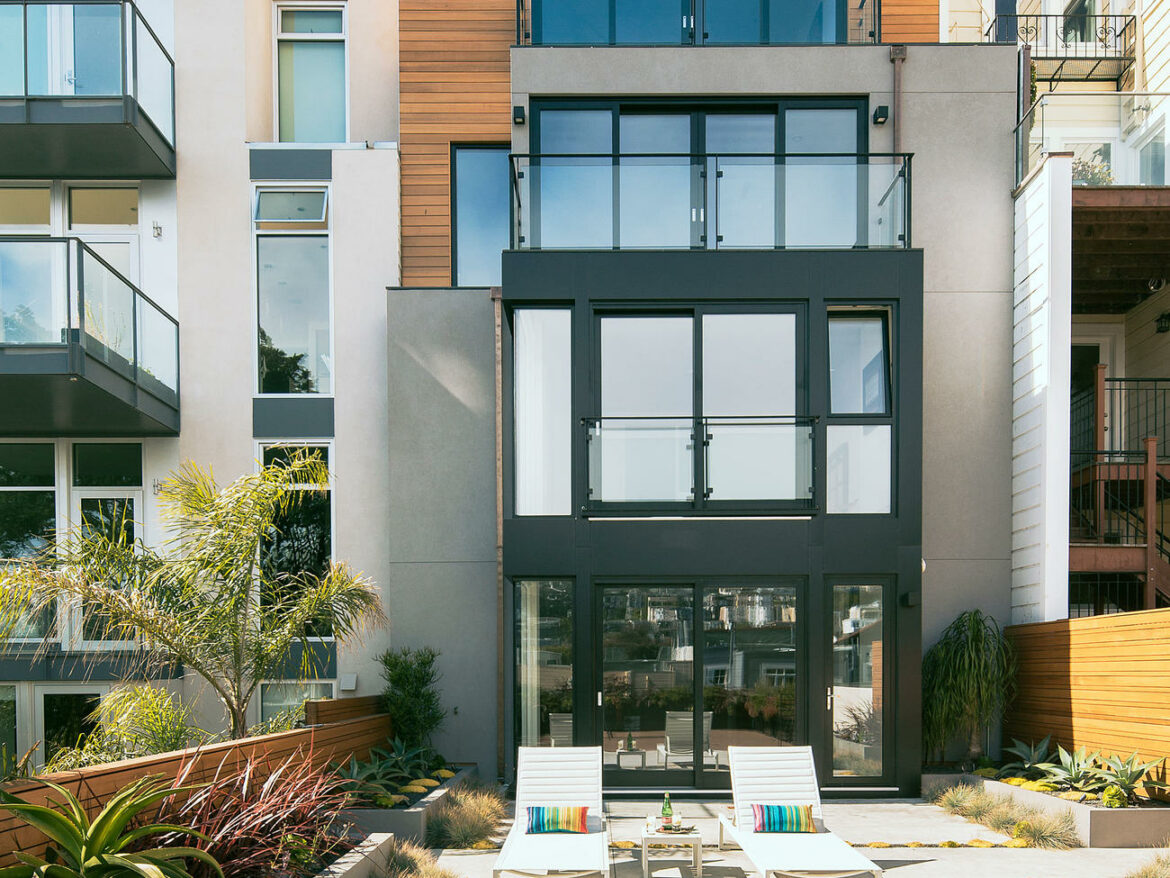5 Ways to Make Your Roof More Energy Efficient
One of the most popular topics for home improvement right now is making your home more energy-efficient. Improving the efficiency of your home can help you stay warmer in the winter, cooler in the summer and at the same time, reduce your energy bills. A lot of times the focus for making your home more efficient is on replacing things like windows, doors, and heating systems. However, another important place to consider is your roof. Your roof takes the full brunt of the sun’s heat every day and an energy-efficient roof can make a significant difference in your house. If you are considering replacing your roof, here are five ways to make your home more efficient in the process.

Why is Energy-Efficient Roofing Important?
So let’s dive right into the roof itself. Is a big question worth asking right off the bat is: why do so many people still have old-school roofs which are both unsightly and terrible when it comes to energy efficiency? It may be a simple matter of out of sight, out of mind, or it could have something to do with people not knowing the cold, hard data on how important their roof is in making their home energy-efficient.
Can a new roof help you save energy!
Will a new roof reduce your energy costs? The short answer is: yes! Installing a new roof will make your home more energy-efficient and help you cut down on your monthly energy bills. Older roofs, on the other hand, are built using outdated roofing materials and building technology. That means older roofs are less energy-efficient and put a greater strain on your heating and cooling system, leading to higher energy bills.
How a Roof Can Cut Your Energy Costs
There are a few key things to keep in mind when trying to determine if a new roof will help you save energy costs. It’s not as easy as just installing any old roof. Roof energy efficiency varies quite a bit depending on what material they are built with it and how they are installed. Here are some important roof characteristics to consider when installing a new energy-efficient roof:
Solar Reflection: The more effectively your roof reflects solar light, the more energy-efficient it is. If your roof isn’t able to reflect sunlight away from your home, the shingles then absorb the solar heat and transfer it into your home. Roofs with high solar reflection can lower the surface temperature by as much as 30%.Roof

Ventilation: Roofs are built with ventilation to allow proper airflow between the attic and the great outdoors. If a roof isn’t properly ventilated, hot air can become trapped inside the attic and cause your entire house to heat up gradually like an oven. This puts a huge strain on your home’s cooling system and leads to a noticeable rise in your monthly energy bills. Ensuring the roof is properly ventilated will reduce your home’s energy needs and lower its reliance on the air conditioner.
Energy Star Rating: Energy Star is the authority on what building materials and consumer products are considered energy-efficient. When you see the energy star label, you can feel confident that that product will help you save more energy than non-Energy Star products.
Roofs built using Energy Star shingles are better at reflecting solar energy back into the atmosphere instead of absorbing it and transferring it into your home.
One of the most popular topics for home improvement right now is making your home more energy-efficient. Improving the efficiency of your home can help you stay warmer in the winter, cooler in the summer and at the same time, reduce your energy bills.
A lot of times the focus for making your home more efficient is on replacing things like windows, doors, and heating systems. However, another important place to consider is your roof. Your roof takes the full brunt of the sun’s heat every day and an energy-efficient roof can make a significant difference in your house. If you are considering replacing your roof, here are five ways to make your home more efficient in the process.
Choose a lighter colour for your roof. Roof colour makes a big difference in the amount of heat that enters your home. Dark roofs absorb light and heat and generally direct it inward. A light coloured roof will reflect the heat and not transfer it to the interior of your home.
Improve the insulation under the roof. Many homes do not have enough insulation in the attic. Adding insulation can prevent heat from
Penetrating into the interior of your home. A properly insulated roof can help maintain the temperature in your home regardless of the temperature outside.
Consider an alternative to asphalt shingles. Roofing materials like sheet metal or clay tiles can add a unique look to your home while still improving your energy efficiency. Both of these materials reflect heat rather than absorb it, helping to prevent unwanted heat from entering your home.

Use a cool roof coating. A cool roof coating is a finishing layer that lightens the roof to help it reflect heat. This layer is easy to implement as the final step of a roof replacement. It can also be a great option for your existing roof if it doesn’t need to be replaced.
Improve the ventilation. Even the most energy-efficient roof is still going to result in some heat getting into your attic. A quality ventilation system can help to exhaust the hot air out of your attic. Active systems that use a fan can be programmed to turn on at a specific temperature so that they only turn on when needed.
How Does Your Roof Affect Energy Costs
High energy expenses come from a variety of places in your home: drafty doors, loose windows, improperly insulated basements, and a roof that’s outdated and in urgent need of replacement. As your roof ages, it breaks down and becomes less effective at its job in a number of ways.
Temperatures and humidity levels from the outdoors start to seep in and affect your home’s internal environment. As a homeowner considering a new roof, it’s important to take into consideration what makes a roof energy efficient. After all, a replacement roof is bound to save some energy, but the amount you save may not be worth the price of a roof replacement.
Choosing the Right Roof
Picking out the right roof for your home’s energy efficiency needs requires careful research and planning. It’s important to take certain factors into consideration, like your home’s location, your budget, and roofing material options. While the local roofing company you want to work with will be able to advise you on the best choices for your needs, it’s still a good idea to think about your options ahead of time.
Tages: energy-efficient, heating systems, building technology, Solar Reflection, Ventilation system, internal environment.

